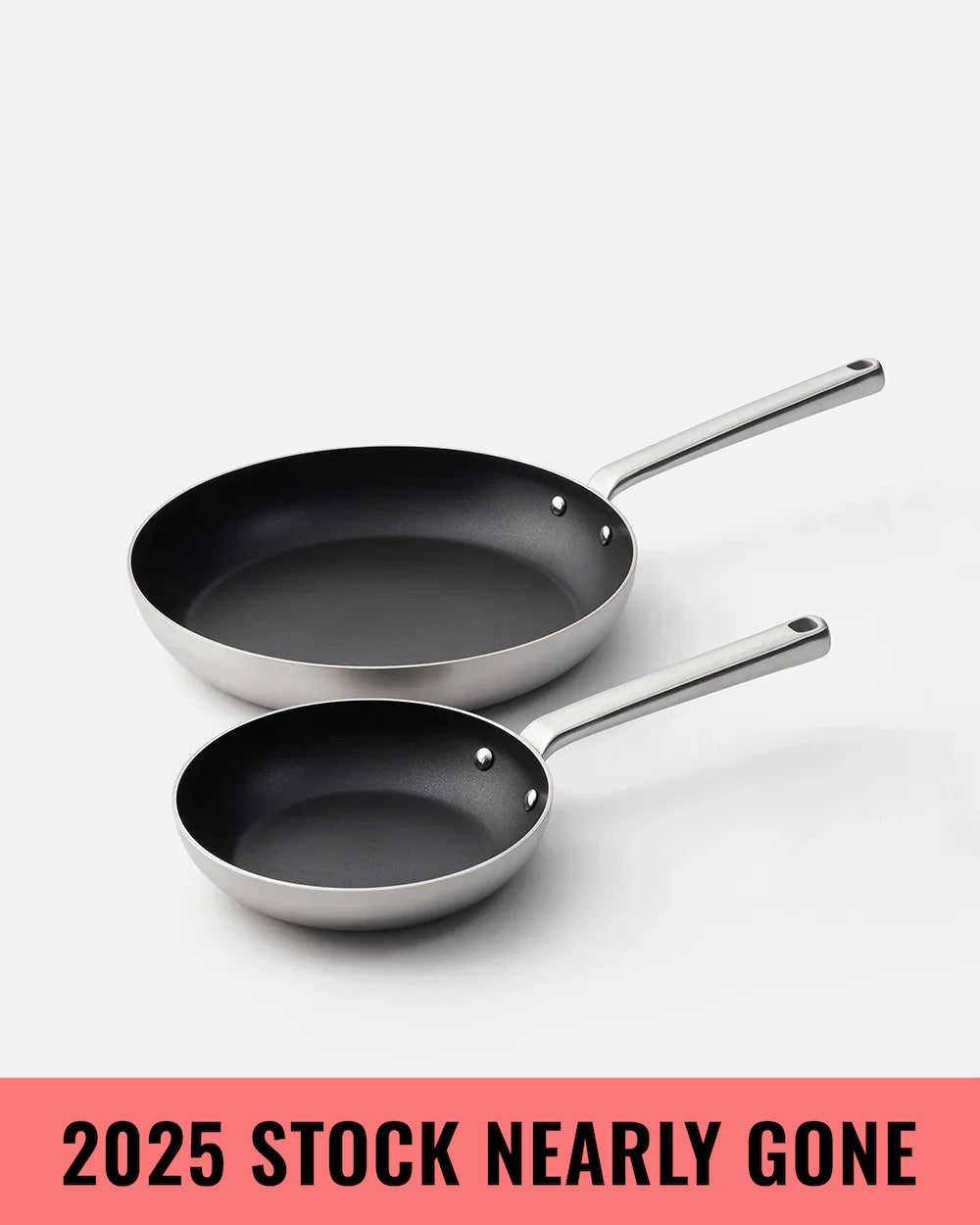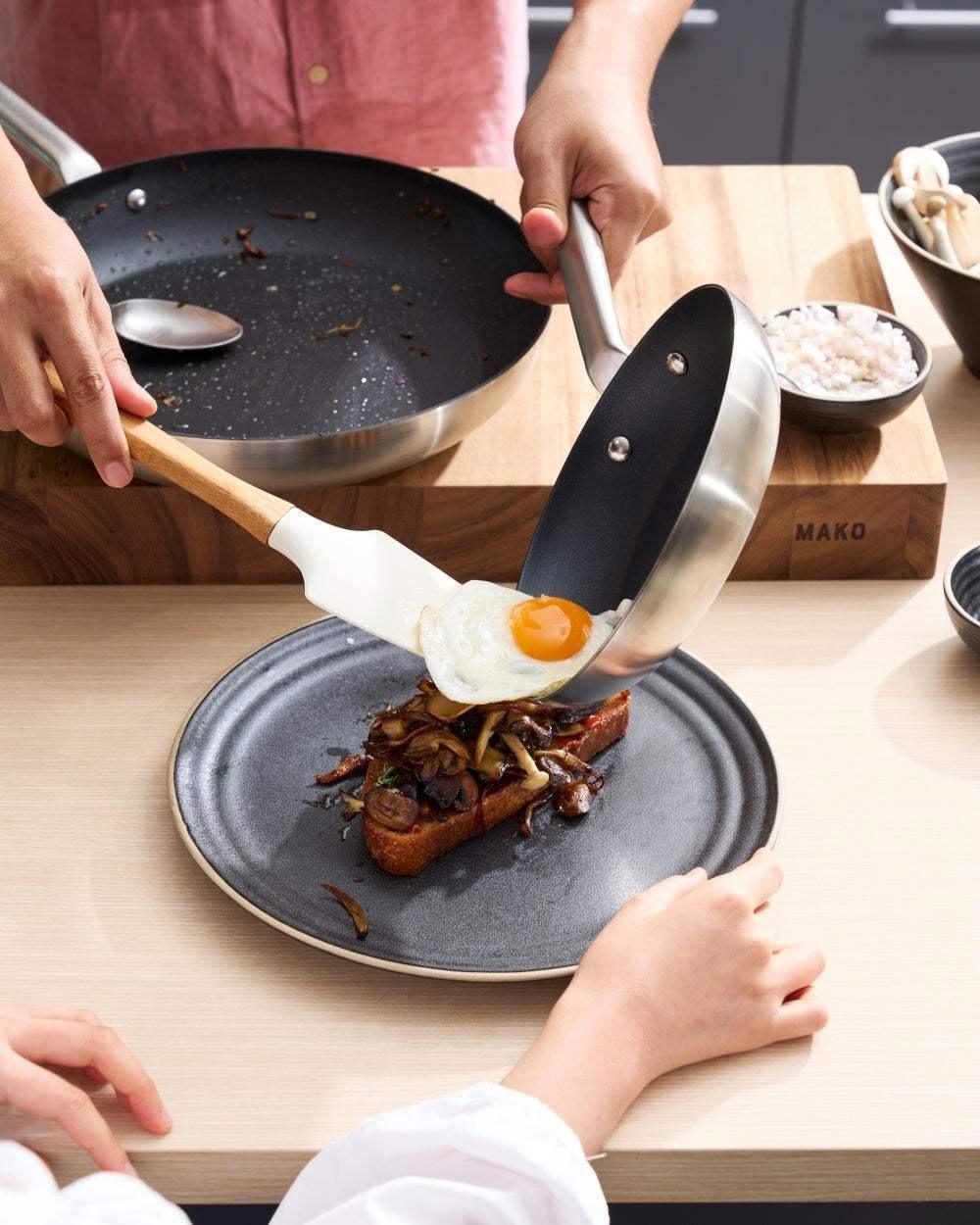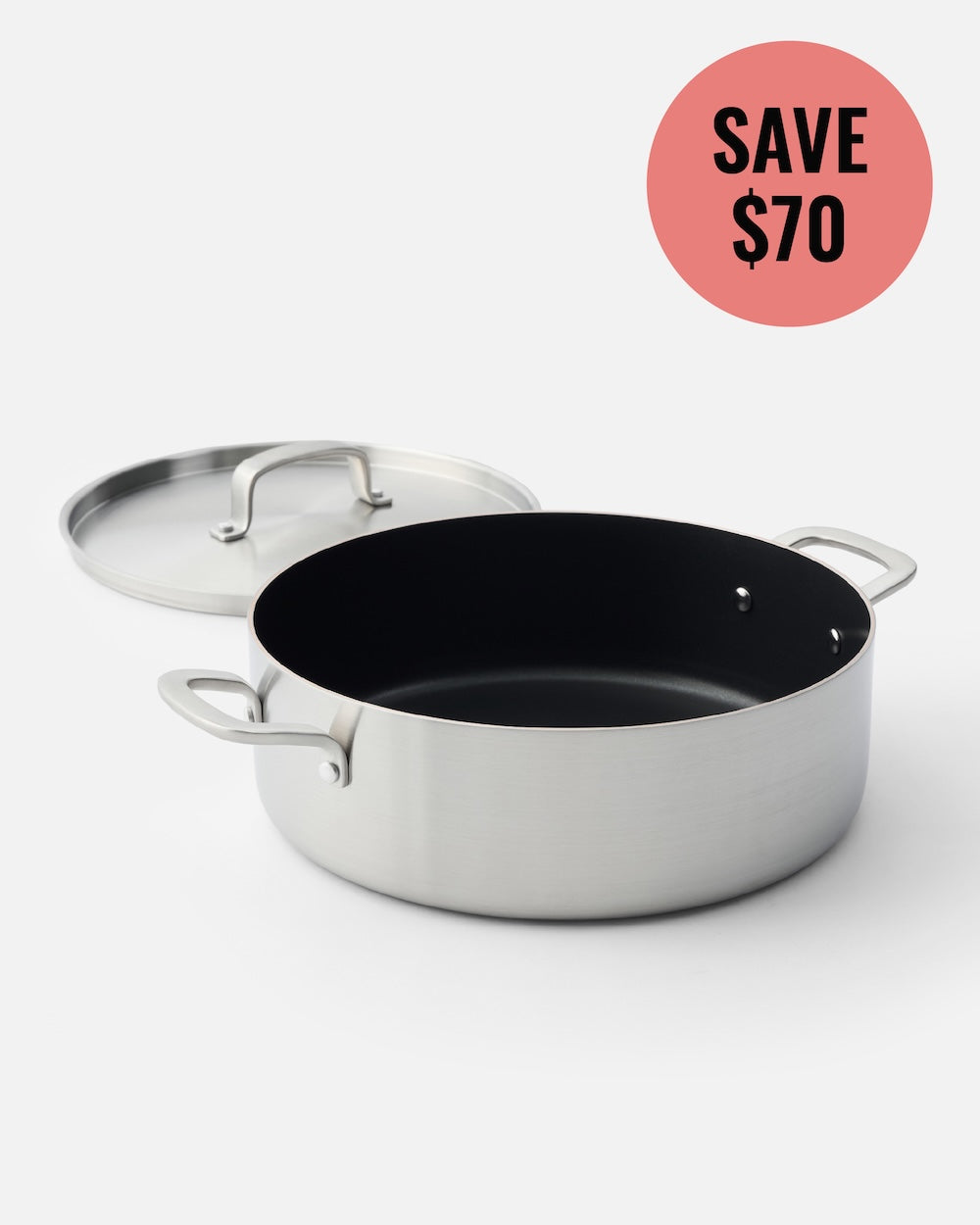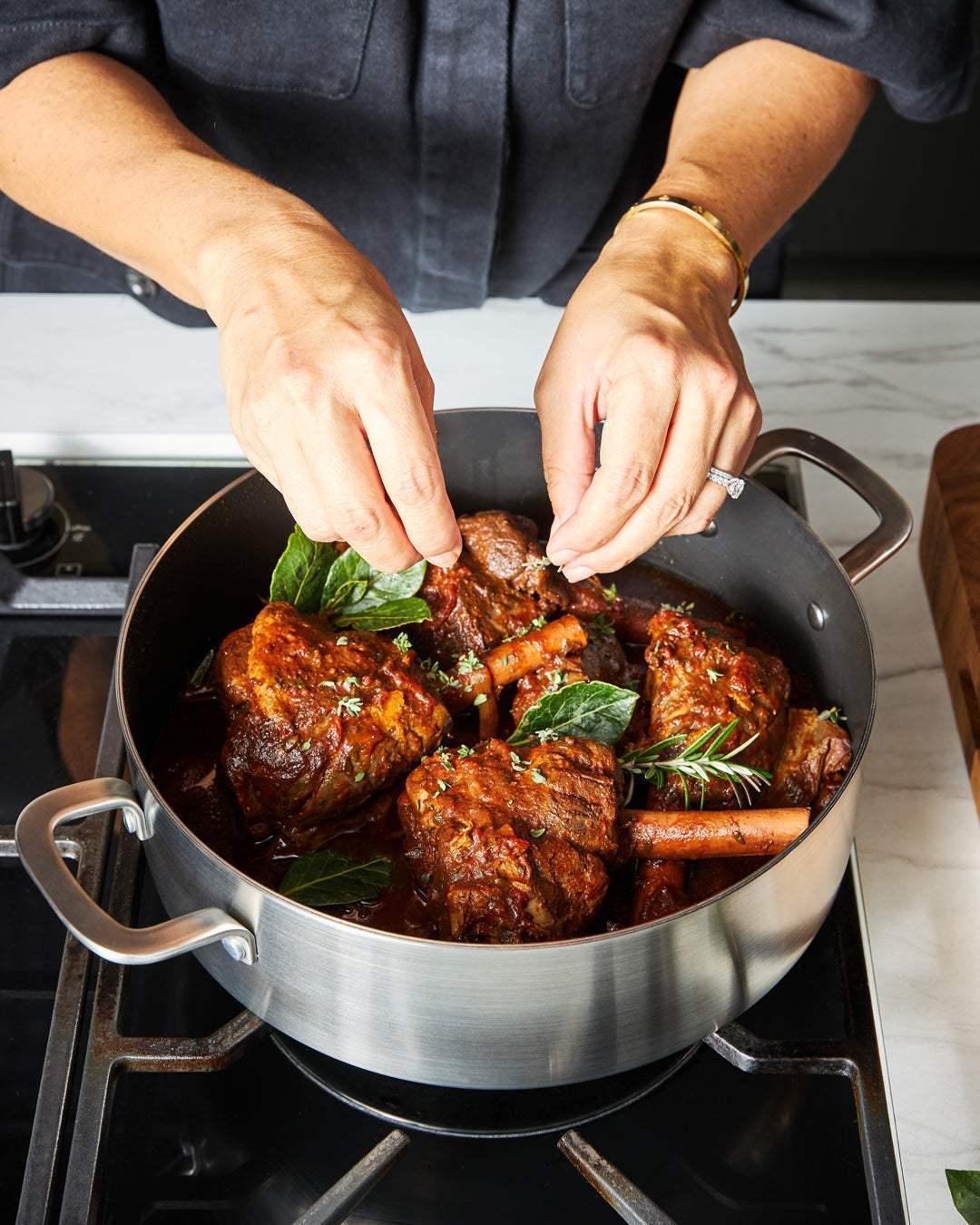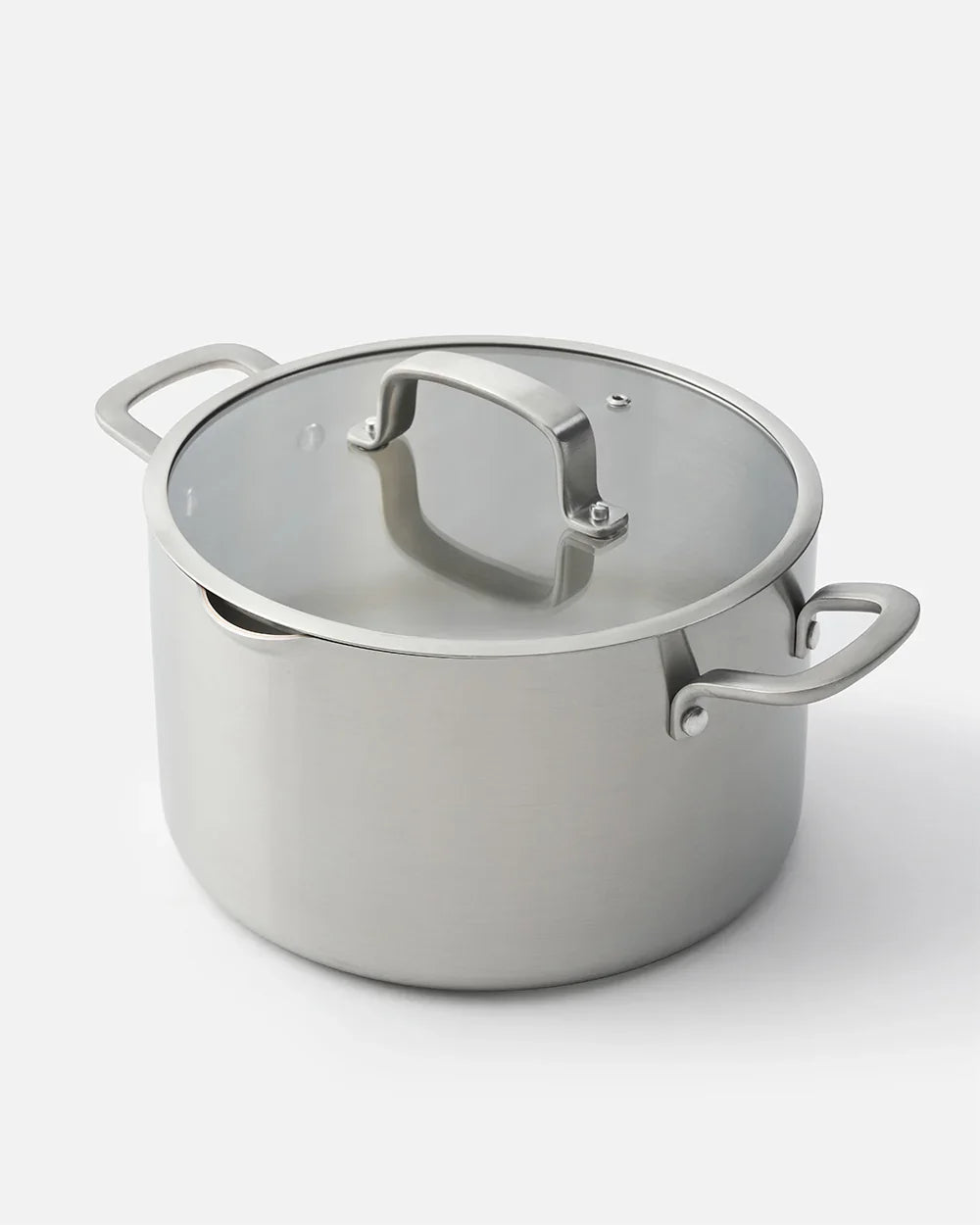
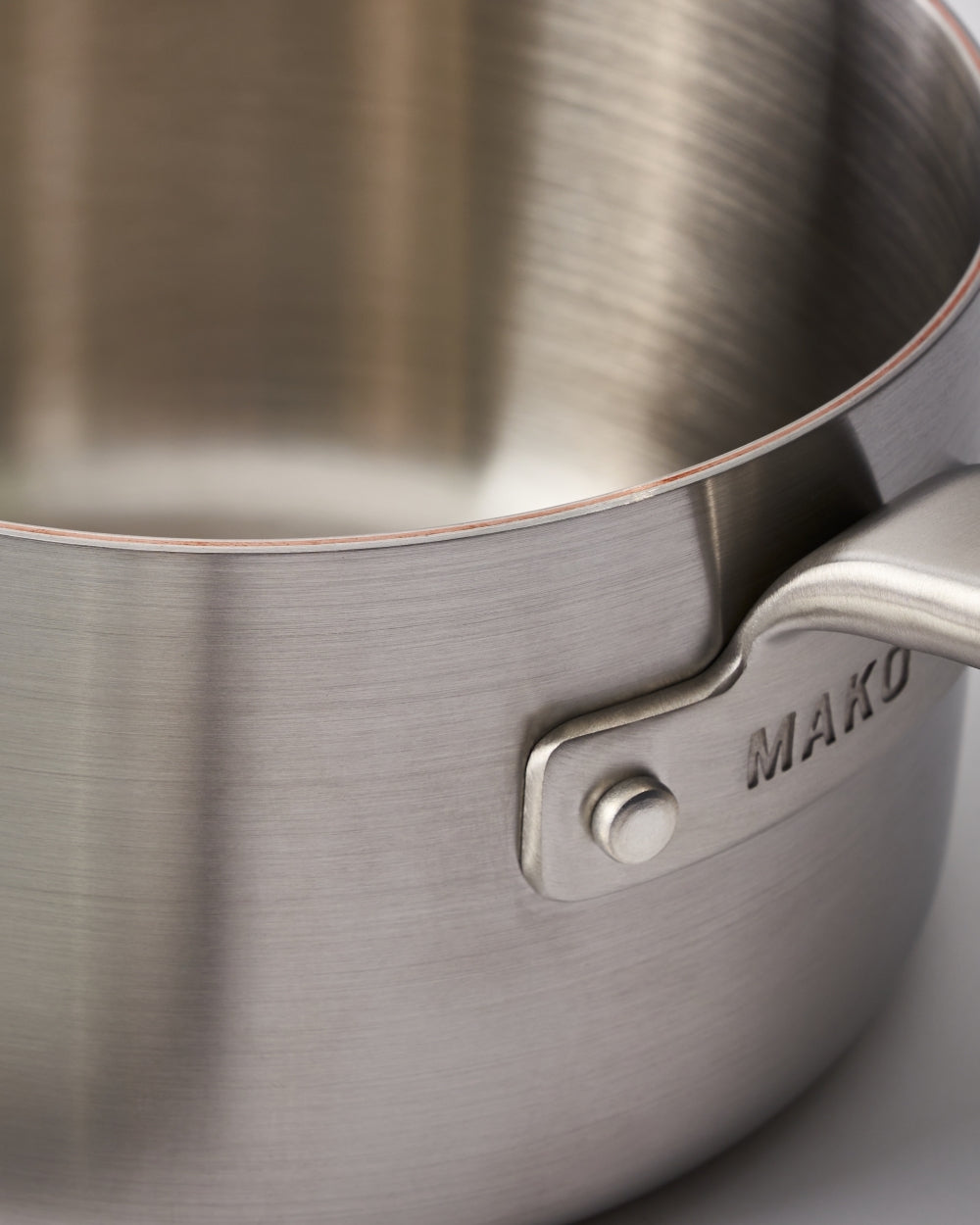
What’s the history of 5-ply stainless steel?
What’s the history of 5-ply stainless steel pans? If you’re only just learning about this premium cookware and what makes it so fabulous, you might be interested in its evolution. It’s a relatively recent innovation, especially compared to the likes of cast iron which has been around for millennia. Here’s how we got 5-ply stainless steel pans.
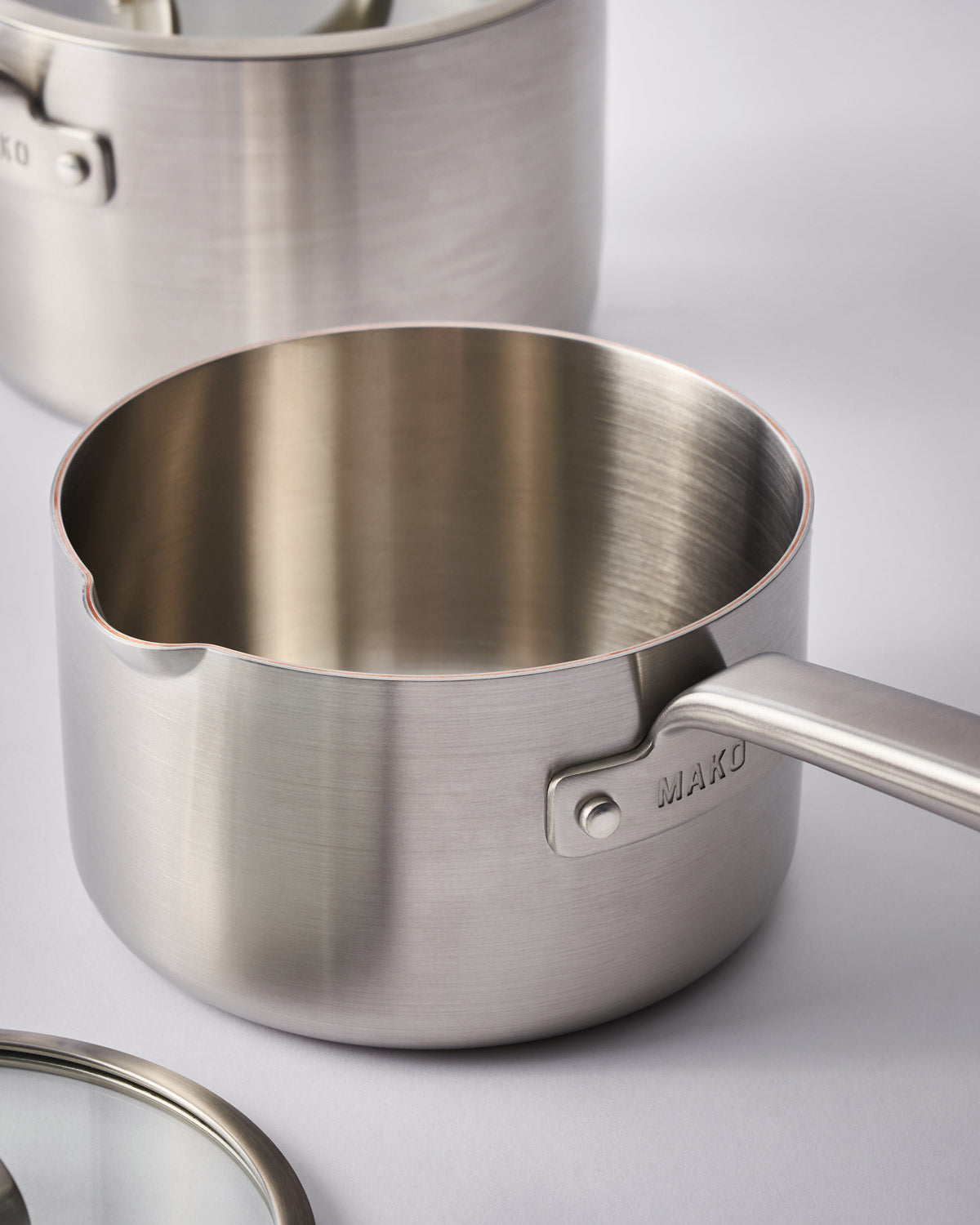
First came stainless steel
Stainless steel was invented in England in 1913, when 12% chromium was added to regular steel to prevent rust and corrosion. Initially, it was called ‘rustless’ steel and aren’t we glad that name didn’t stick? Not very appealing. Stainless steel was first used for cookware in the 1930s by a French company called De Buyer. Early pans were made of single-ply stainless steel, and the heat distribution would not have been great. That’s because while it’s incredibly durable, can withstand high temperatures, and is easy-care, stainless steel is not the best conductor of heat.
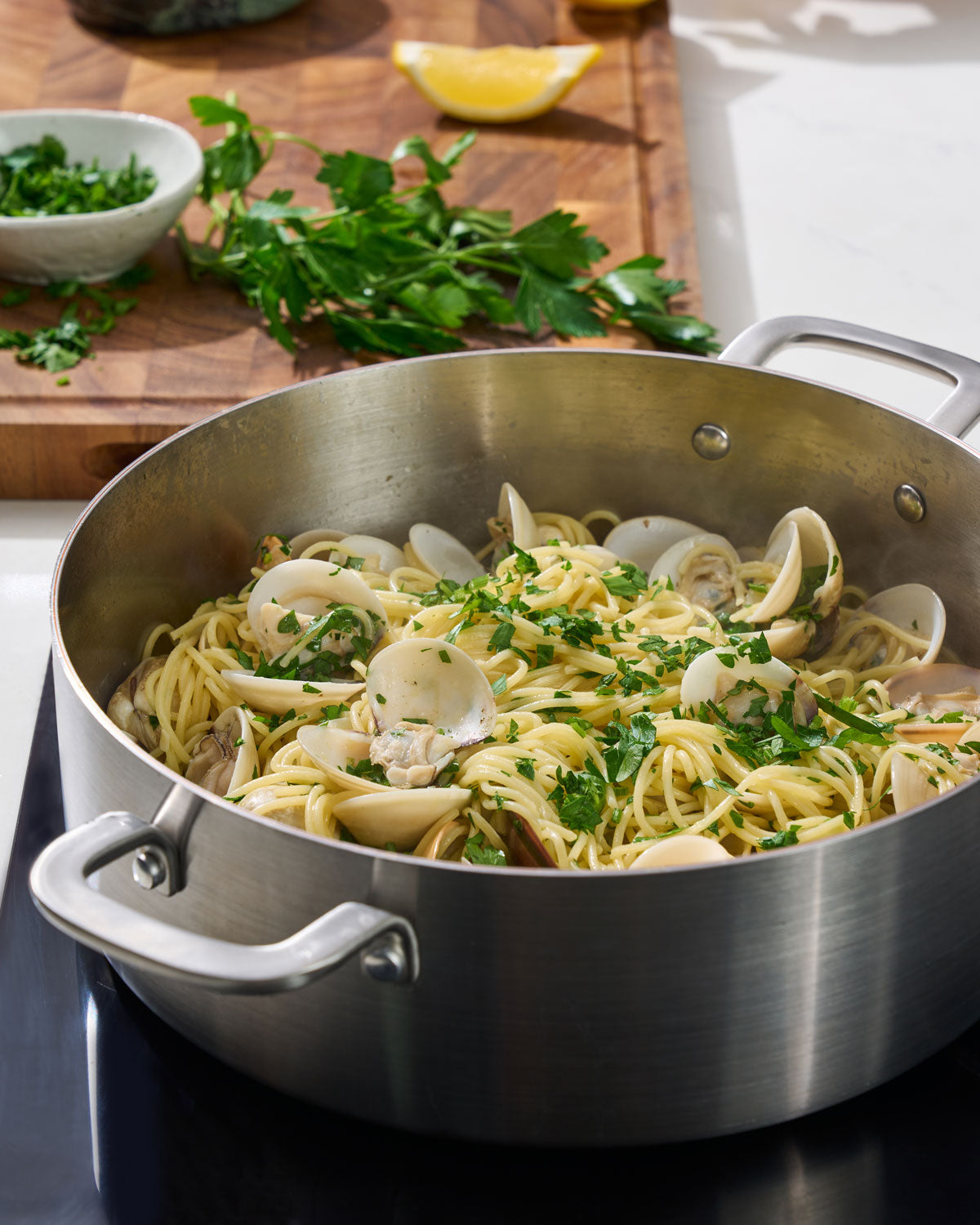
Then came cheaper aluminium
In the 1960s, aluminium extraction and refinery improved to the point it became relatively cheap. With brilliant heat conductivity, aluminium became a popular material for cookware albeit with a few major drawbacks. Mainly that it’s highly reactive so, if used with acidic ingredients, it produces acrid flavours and off colours. Plus it's also lightweight so it easily dents and bends out of shape. Not a great cookware material on its own, brands began using it in sandwiched bases, where a layer of aluminium was incorporated into the bases of stainless steel pans to improve the heat conductivity.
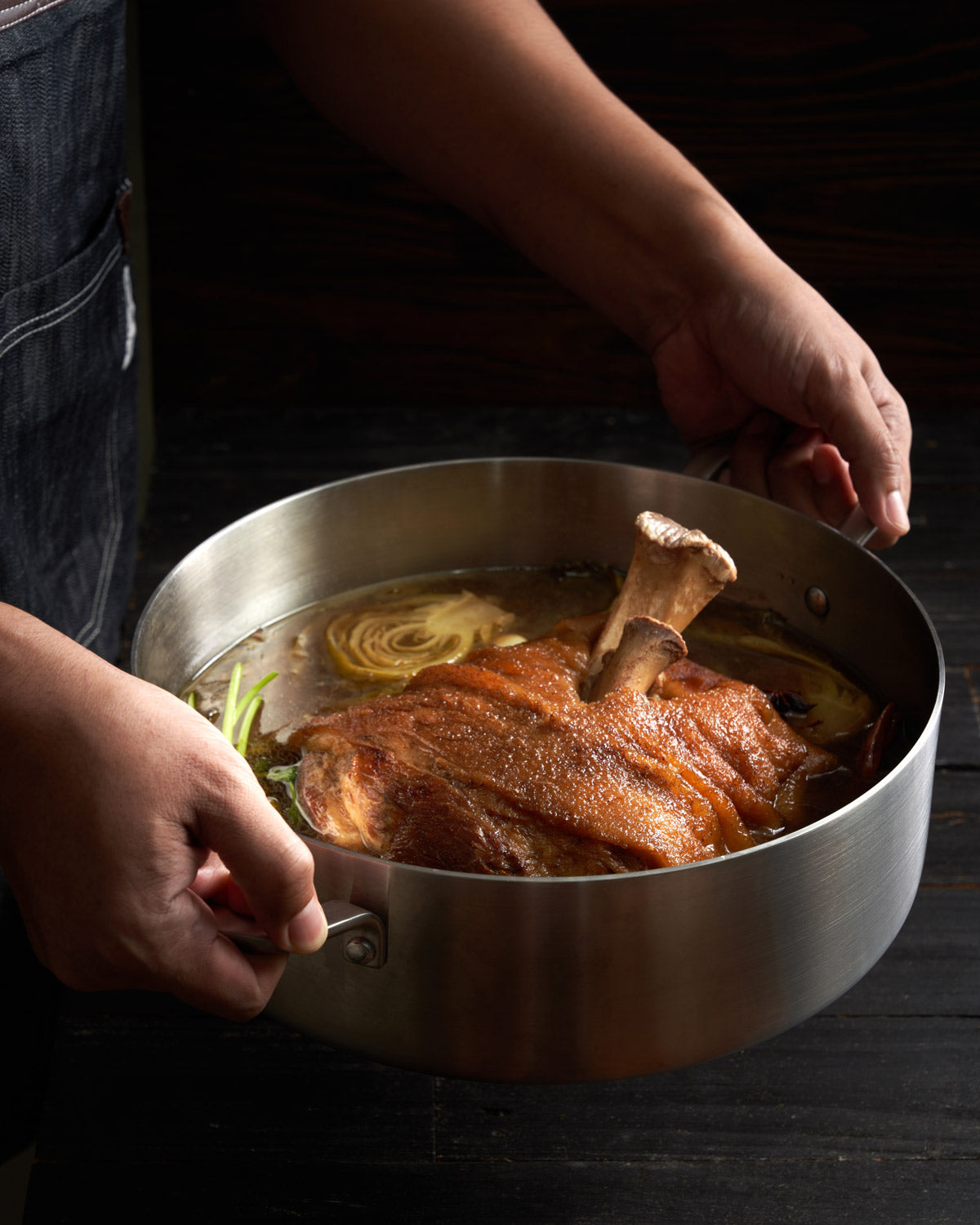
Next came John Ulam
Enter John Ulam, a clever American metallurgist who patented the process for bonding sheet metals – he was even contracted to the U.S. Mint to make cladded metal coins so they could discontinue minting 90% silver ones. Ulam was a keen amateur cook and he became increasingly frustrated with the flimsy aluminium consumer cookware of the 1960s. Experimenting with his bonded metal offcuts (which were stainless steel cladded with aluminium), he made pans for his own use that were way better than the solid aluminium equivalents. They conducted heat impressively, weren’t reactive, and were easy-care and durable. With these spectacular results, Ulam began manufacturing in earnest in 1971 and today his name is synonymous with cladded cookware.

3-ply and 5-ply
Other manufacturers inevitably entered the market over time and cladded stainless steel cookware is now quite a thing – and a premium one at that. Brands typically make 3-ply (three layers) and 5-ply (five layers) cookware. 3-ply features a layer of aluminium sandwiched between layers of stainless steel, is lighter than 5-ply and heats faster. 5-ply has five bonded layers, sometimes including copper for superior heat conductivity. 5-ply pans are heftier, distribute heat better than 3-ply, and are overall some of the best, most durable pans you can buy.



